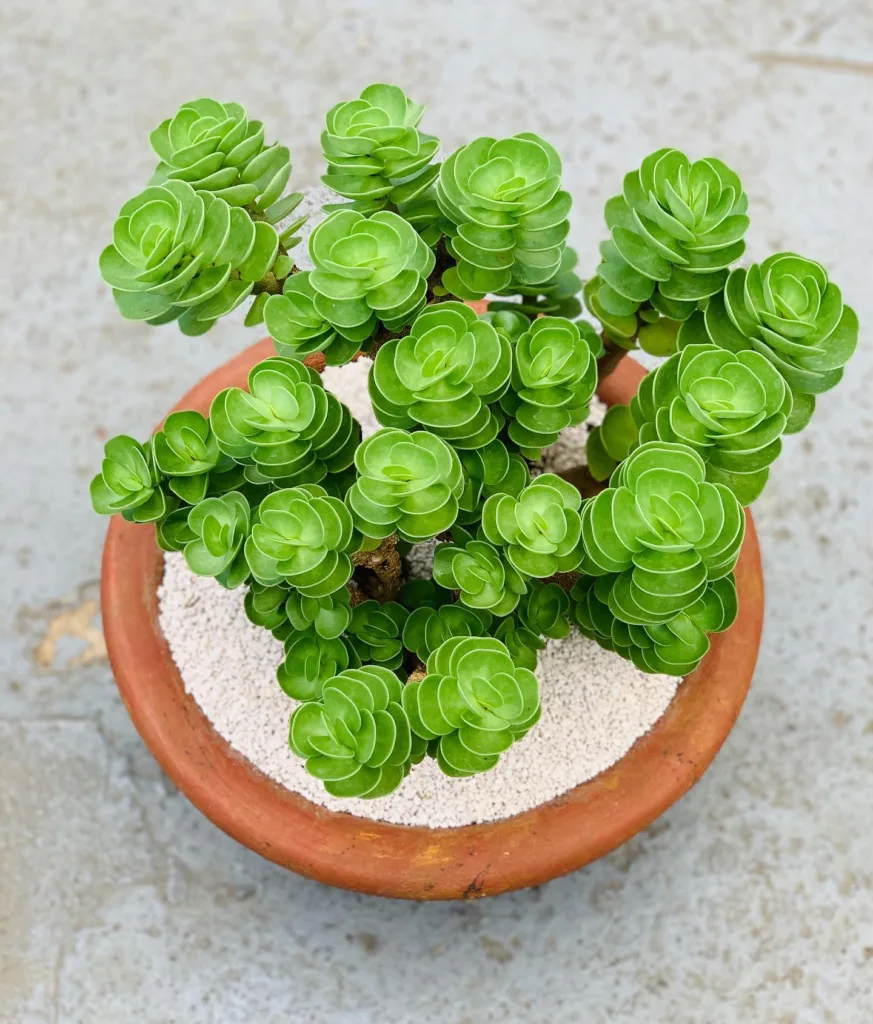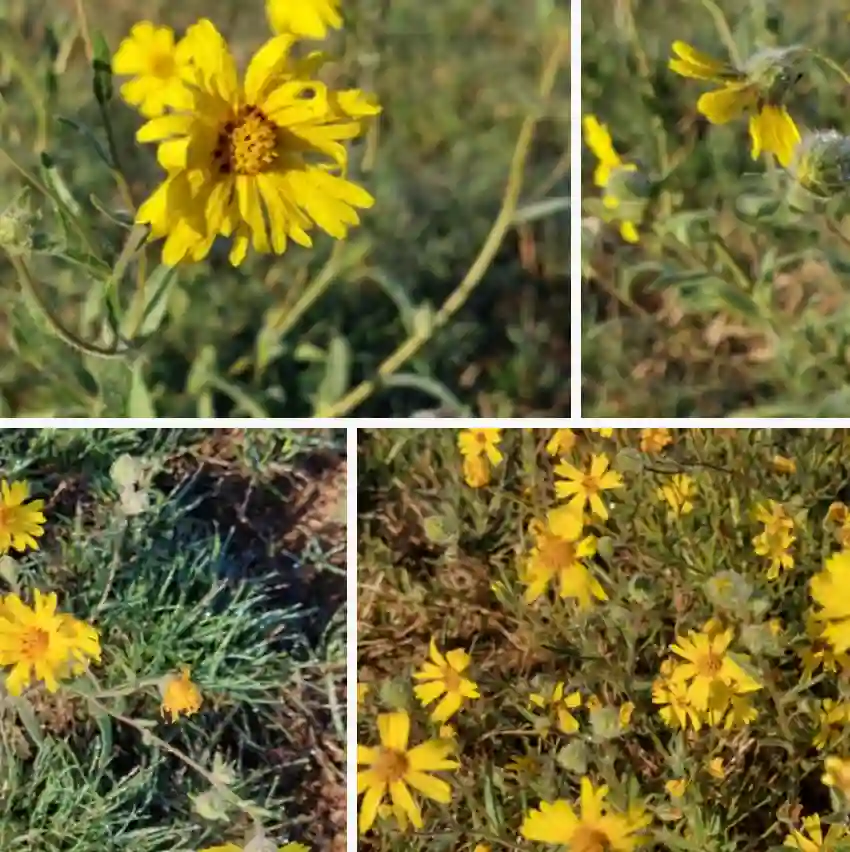A Buttercup Battle: My War on Ranunculus acris in the Virginia Lawn
Ah, the lawn. A badge of suburban pride, a green canvas for weekend warriors wielding weed whackers. But for me, my once-pristine Virginia lawn had become a battleground, overrun by a relentless foe – the Ranunculus acris, also known as the Tall Buttercup.
These cheerful yellow interlopers, with their glossy sheen and seemingly endless bloom, might appear charming to some. But to a lawn purist like myself, they were a persistent weed, their aggressive roots choking out precious bluegrass.
This wasn’t just an aesthetic concern. Ranunculus acris can crowd out desirable grasses, leading to patchy, uneven lawns. Worse yet, in some areas, it’s considered invasive. So, I embarked on a mission to reclaim my lawn, and in this article, I’ll share the intel I gathered on this buttercup bully.
1787 Species in Genus Ranunculus
How Do I Kill Ranunculus acris in My Lawn?
The first question that burned in my mind: how to eradicate these persistent buttercups? There are several methods, each with its advantages and drawbacks.
- The Organic Option: Pulling and Mulching
For the eco-conscious homeowner, the most natural approach is manual removal. Pull out the Ranunculus acris when the soil is moist, ensuring you extract the entire root system to prevent regrowth. However, this is a labor-intensive method, especially for large infestations. Once removed, smother the area with a thick layer of mulch to prevent new seedlings from taking root.
- Chemical Warfare: Selective Herbicides
For a more targeted approach, selective herbicides can be effective. Look for products containing 2,4-D or Dicamba, which target broadleaf weeds like Ranunculus acris while leaving your precious grasses unharmed. Always follow the instructions on the herbicide label carefully, and apply only during the recommended time of year. Remember, herbicides can be harmful to the environment if not used responsibly.
- The Long Game: Pre-Emergent Herbicides
If you’re battling a persistent infestation, consider using a pre-emergent herbicide in early spring. These products create a barrier in the soil that prevents Ranunculus acris seeds from germinating. However, be aware that pre-emergent herbicides can also prevent desirable grass seeds from sprouting, so plan accordingly if you’re overseeding your lawn.
Is Ranunculus acris Invasive in Virginia?
This was a crucial question, as invasive plants can wreak havoc on local ecosystems. The good news for Virginia residents is that Ranunculus acris is not currently listed as an invasive species in the state. However, it’s always a good idea to stay informed about potential invasive plants in your area.
Is Ranunculus acris Toxic to Dogs?
Being a dog owner, this was a concern. While Ranunculus acris contains a toxin called protoanemonin, it’s present in low concentrations. According to the ASPCA, only large quantities are likely to cause gastrointestinal upset in pets. However, if you notice your dog chewing on Ranunculus acris, it’s best to consult a veterinarian.
Banishing the Buttercup: Beyond Eradication
While eradication might be the initial goal, a holistic approach is key to preventing Ranunculus acris from returning. Here are some additional tips:
- Maintain a Healthy Lawn: A thick, healthy lawn with dense grass is less susceptible to weed invasion. Proper watering, mowing, and fertilization will create a strong barrier against Ranunculus acris.
- Diversity is Key: Consider incorporating other low-growing flowering plants that can compete with Ranunculus acris for space. This will not only add visual interest to your lawn but also create a more balanced ecosystem.
My battle with Ranunculus acris is ongoing, but with these strategies in my arsenal, I’m confident I can reclaim my lawn and achieve that picture-perfect green paradise. Remember, a beautiful lawn isn’t just about aesthetics; it’s about creating a healthy environment for your family and the local ecosystem.
If i die, water my plants!



